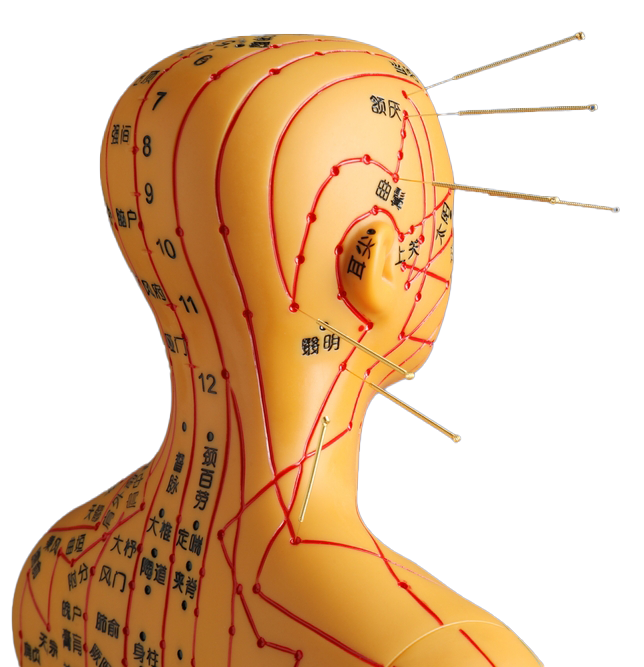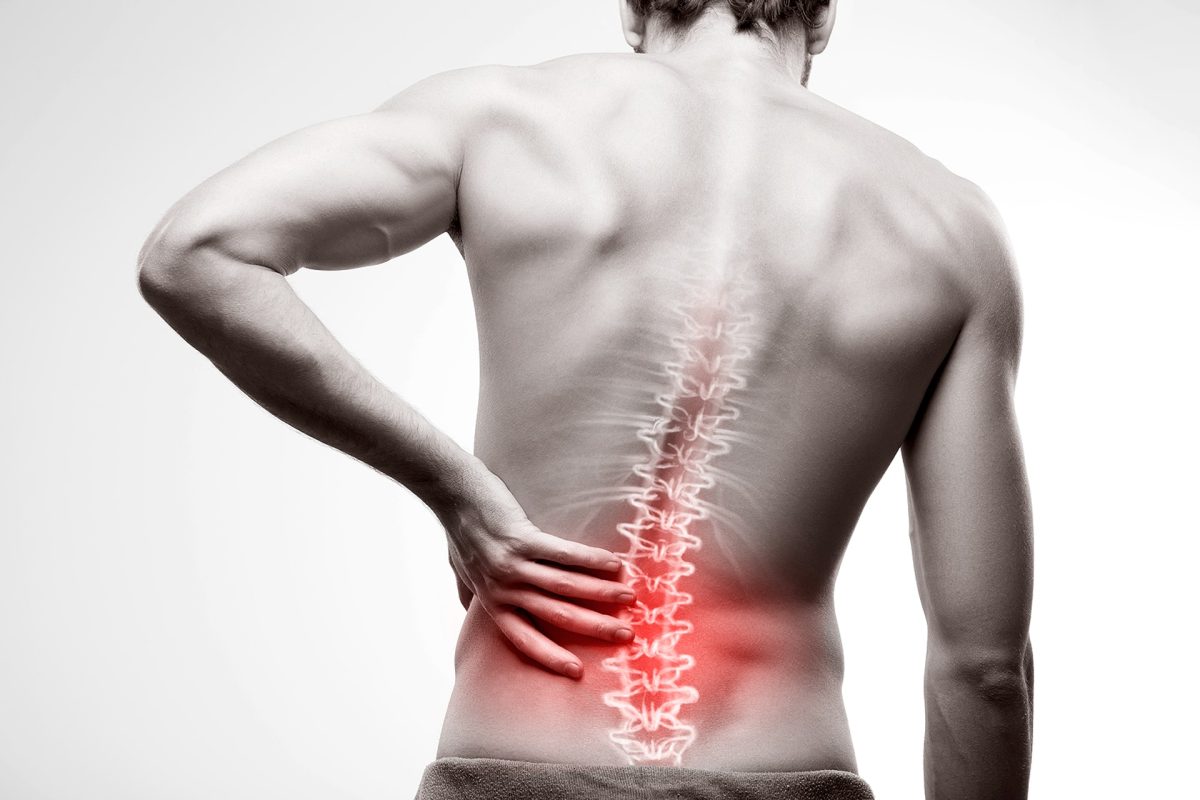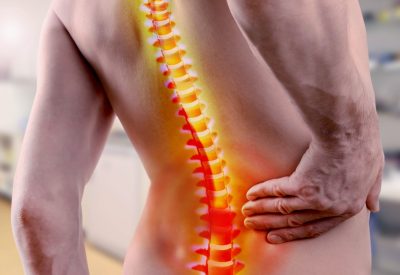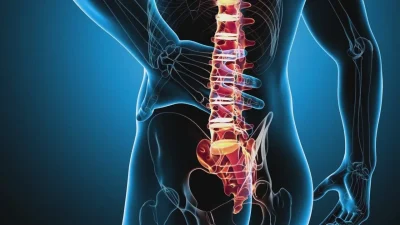- Facet joint Radiofrequency Thermocoagulation (RFT) Treatment
- Radiofrequency Thermocoagulation Dorsal root ganglion (DRG) radiofrequency thermocoagulation (RFT)
- Discitis Procedure
- Sacroiliac Joint Radiofrequency Treatment (Simplicity)
- In-Disc Ozone Therapy
- Nucleoplasty
- Transforaminal Injection (Pinpoint)
- Facet joint block
- Epidural Injection
Hernia Burning (IDET)
- Home
- Leg & Foot Pain Treatments
- Hernia Burning (IDET)
Contents
Toggle- Creating an individualised treatment plan
- The role of different specialities (physiotherapist, orthopaedist, psychologist, neurosurgeon)
- Pain treatment during pregnancy
- Treatment of chronic pain in the elderly
- Pain management in children
- Stress management
- Healthy eating
- Ergonomic living arrangements
- Exercise and mobility
- Facet joint Radiofrequency Thermocoagulation (RFT) Treatment
- Radiofrequency Thermocoagulation Dorsal root ganglion (DRG) radiofrequency thermocoagulation (RFT)
- Discitis Procedure
- Sacroiliac Joint Radiofrequency Treatment (Simplicity)
- In-Disc Ozone Therapy
- Nucleoplasty
- Transforaminal Injection (Pinpoint)
- Facet joint block
- Epidural Injection
- Cancer pain
- Permanent Epidural / Spinal Port Application
- Vascular Port (Permanent Vascular Access)
- Trigeminal Nerve RFT
- Blockade of Ganglion Stellatum
- Lumbar Sympathetic Ablation
- Facet joint Radiofrequency Thermocoagulation (RFT) Treatment
- Radiofrequency Thermocoagulation Dorsal root ganglion (DRG) radiofrequency thermocoagulation (RFT)
- Hernia Burning (IDET)
- Discitis Procedure
- Sacroiliac Joint Radiofrequency Treatment (Simplicity)
- Permanent Epidural / Spinal Port - Pump System
- In-Disc Ozone Therapy
- Nucleoplasty
- Peripheral Nerve Block
- Transforaminal Injection (Pinpoint)
- Facet joint block
- Epidural Injection
- Intra-articular Fluid Treatment
- Dorsal root ganglion (DRG) radiofrequency thermocoagulation (RFT)
- Spinal cord stimulation (pain pacemaker)
- Ergonomic living arrangements
- Spinal cord stimulation (pain pacemaker)
- Nucleoplasty
- Radiofrequency ablation
- Herbal solutions
- Dry needle treatment
- Anti-ageing treatments
- Ozone therapy
- Cupping therapy - Cupping
- Mesotherapy
- Prolotherapy
- Acupuncture
- Stem Cell Therapy
- Nerve blockages
- Corticosteroid injections
- Massage and relaxation techniques
- Manual therapy
- Electrotherapy
- Neuropathic pain medications
- Anti-inflammatory drugs
- Muscle relaxants
- Painkillers (paracetamol, ibuprofen, etc.)
Hernia Burning Treatment or by its medical name Intradiscal Electrothermal Therapy (IDET)is a minimally invasive treatment method applied to relieve pain caused by a herniated disc in the lower back or neck. This procedure aims to reduce or completely eliminate pain by applying heat energy around the herniated disc tissue.
What is IDET?
Intradiscal Electrothermal Therapy (IDET) is a method used to treat chronic pain due to discs in the lumbar or cervical vertebrae. Cracks, tears or deterioration in the disc structure can cause pain by pressing on the nerve roots. IDET treats these damaged tissues with heat energy:
- It reduces the sensitivity of the pain nerves in the disc.
- It stabilises the herniation by tightening the collagen fibres in the inner structure of the disc.
Who is it suitable for?
IDET is usually applied in the following situations:
- Patients who experience chronic back or neck pain but do not need surgical treatment.
- Patients who have disc herniation but do not respond to other treatments (medication, physiotherapy, etc.).
- Cases where radiological images (MRI or CT) confirm that the disc damage is not severe.
- Conditions where the pressure on the nerve root is mild.
How is the Procedure Performed?
- Preparation:
- Before the procedure, the patient is evaluated in detail and MRI or CT imaging is performed to determine the location of the disc damage.
- The procedure is usually performed under local anaesthesia with sedation support.
- Needle Placement:
- Under fluoroscopic (X-ray) guidance, a catheter or fine needle is inserted into the damaged disc.
- Heat Application:
- A device at the tip of the catheter is heated by converting electrical energy into heat energy.
- Heat applied to the inner part of the disc (annulus fibrosus) repairs damage to the disc tissue and reduces the sensitivity of the nerves causing pain. The temperature is usually up to 90-100°C.
- Completion:
- The procedure usually takes 30-60 minutes. The needle is removed and the treated area is sterilised.
Advantages of Treatment
- Minimally Invasive It is applied without a surgical procedure, which speeds up the patient's recovery process.
- Fast Recovery: Patients can usually return to normal activities within a few days.
- Pain Control: It offers an effective treatment option for disc-related pain.
- Hospitalisation is not required: In most cases, the patient is discharged on the same day.
Risks and Side Effects
IDET is generally a safe method, but the following risks may occur:
- Disc Infection: Risk of infection of the disc tissue.
- Incorrect Disc Targeting: The effectiveness may be reduced if the source of pain is not correctly identified.
- Damage to the Disc: In very rare cases, heat application may cause additional damage to the disc tissue.
- Recurrence of Pain: Possibility of return of pain after treatment.
Post Procedure Care
- Rest Physical activities should be restricted for a few days after the procedure.
- Physiotherapy If recommended by the doctor, a post-procedure physiotherapy programme may be useful for pain control and muscle strengthening.
- Recovery Time: Most patients feel a significant reduction in pain within a few weeks.
IDET's Success Rate
- Doğru hasta seçimi yapıldığında, IDET prosedürü %70-80 oranında başarılı sonuçlar verebilir.
- A reduction in pain and an improvement in quality of life are usually noticeable within a few weeks to a few months.
Conclusion
Hernia Incineration Treatment (IDET)offers an effective and safe alternative for patients who struggle with chronic back or neck pain and do not want surgical treatment. However, the appropriateness and success of this treatment depends on the correct patient selection and the procedure being performed by an expert team. Before the procedure, a detailed evaluation to determine the source of the pain is of great importance.
Our treatments
- Home
- Leg & Foot Pain Treatments
- Hernia Burning (IDET)





